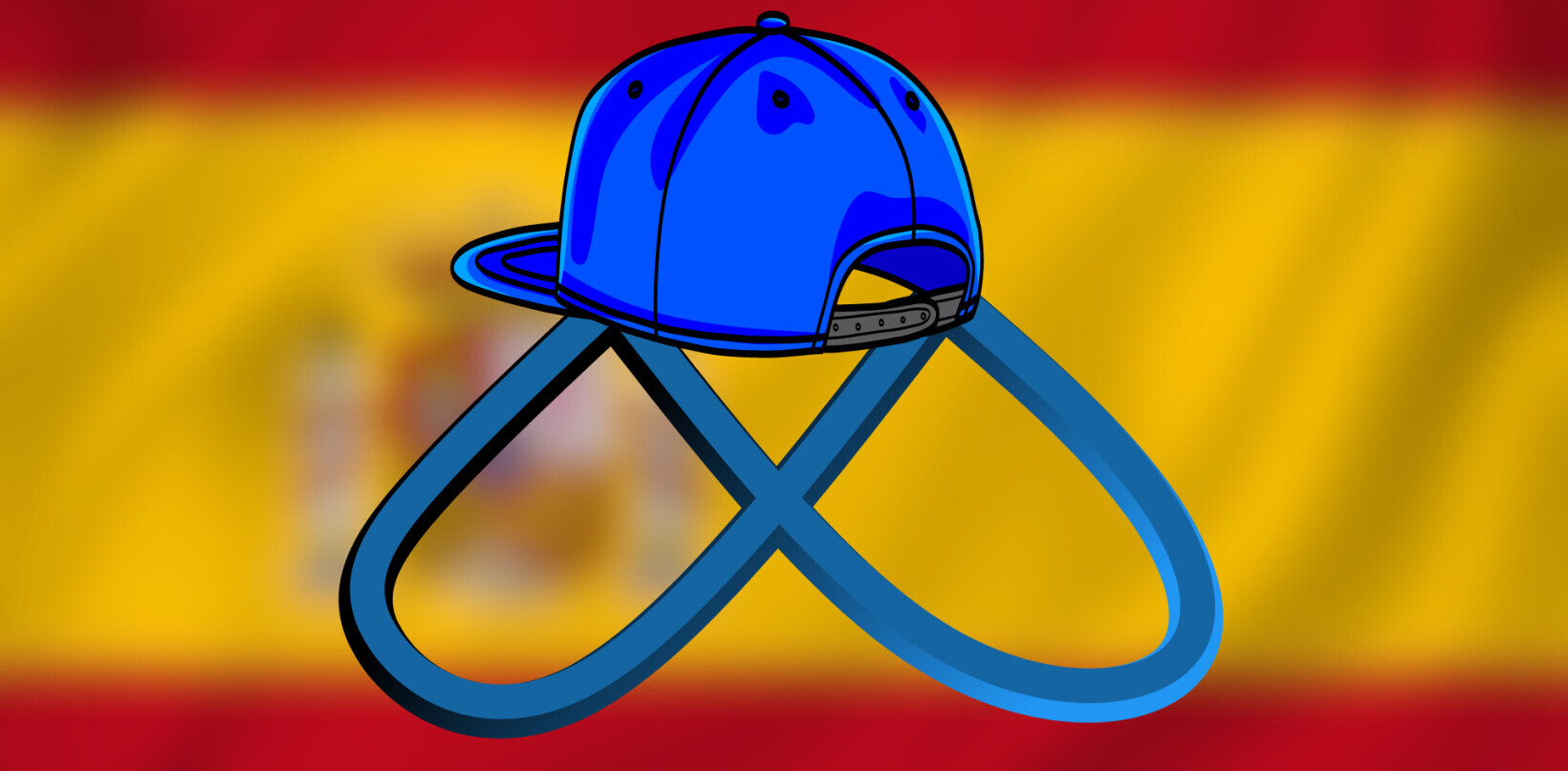
I hear the term “work-life balance” all the time recently.
Stories about happiness and personal fulfillment are everywhere. And since “work” is such an important part of our lives, it is hardly surprising that “happiness-at-work” is a big part of the discussion.
The impact of digital technologies on our work experience is an important reason for this renewed interest in “work-life balance”. After all, these new technologies are re-defining work (and here I don’t just mean automation). That much is obvious.
But, integrating digital technologies into our “established 8-hour workday routine” appears to be difficult.
We Are Losing “Balance”
We often struggle with working in a digital age.
Of course, the fact that we can do more work remotely and without being “in” the office is a blessing. It gives us a feeling of “being in control”.
Yet, this feeling is often illusory. This becomes clear when “5 minutes” after getting “home”, we check our e-mails and there are multiple new messages requiring our “immediate attention”. At least, that is our perception.
Everyday life can sometimes feel like an endless series of problems that need to be dealt with. And the relatively clear distinction that once existed between our public (work) life and our private (non-work) life is constantly being eroded.
The headline thought? Digital technologies promise flexibility in terms of when and how we work. But instead what they have really done is to extend the “working day” and created an unhealthy emphasis on “multi-tasking”.
Technology leaves many of us feeling that we are “losing control”.
For sure, new technologies create exciting new opportunities. But they also lead to tremendous challenges. And — given the pace of technological developments — this trend will only continue.
So, what can we do to re-discover “work-life balance”?
What can we do to prepare for the “future of work” today?
Finding answers is the challenge of working in a digital age. But knowing what to do about this is not always clear. So, before looking at possible solutions, let’s dig a little deeper to understand the real “problems” with work today.
When We Work
In an “analog world”, work was still very much centered around the “workplace”.
Certainly, we could work at home, but for the real action, you had to be “in” the office. We needed an office phone and fax machine to connect with colleagues, customers, suppliers and other business partners. And face-to-face meetings were usually necessary to make and close a business deal.
Now, we can work remotely and be available 24/7.
We have cheap and easy access to business systems and portals. We can have online meetings with anybody in the world at any time through web conferencing tools. These work-enabling technologies are available to all, usually at little cost.
Digital technologies have created the opportunity to work remotely, as we see fit. They seem to offer greater flexibility in when we work.
But that doesn’t mean that we have fully embraced the flexibility offered by a digital age.
Quite the contrary.
We have retained the traditional working day, but — using the opportunities created by new technology — extended that day.
Think about it. We still tend to start our “formal” working day in the morning, generally between 8am and 9am. We will take a lunch break at around noon and go home between 5pm and 6pm.
Ever-increasing rush hours are one obvious piece of evidence for this retention of traditional patterns of work.
But the working day doesn’t stop there. After dinner, we continue to work and the “working day” extends into a “working night”. And, for most of us, the working day begins as soon as we wake up and check our e-mail.
This has been the real effect of digital technologies on working habits and routines. Not a more flexible working environment, but a significant extension of the working day and a complete erosion of the distinction between “work” and “rest”.
We have created the worst of both possible worlds. Against this background, it is hardly surprising that “work-life” balance has become an issue for many of us.
How We Work
Digital technologies also seem to offer the opportunity for more flexibility in how we work. The productivity gains created by new technologies can be seen in every aspect of our working lives.
Yet, all too often, we find that our work is structured around business processes that have been designed around the “8-hour workday” and somehow have become set in stone.
We spend most of our working lives following established and standardized procedures. And leaders tend to manage by focusing on process, instead of substantive results or targets.
There is a reluctance to embrace the opportunities for constant innovation and change that new technologies create.
No doubt, it feels comfortable to fall back upon process. But, this way of working has several disadvantages.
Processes Have Become More Important than Results
As Jeff Bezos says: “the process becomes the proxy for the result you want”.
Everyone becomes overly-cautious. After all, you cannot make a mistake if you have followed the process. Over time, however, “following procedure” creates an overly bureaucratic and inefficient culture that loses touch with the original goal of the organization.
“Groundhog Day”
Firmly-entrenched processes can lead to a “Groundhog Day” situation. We keep looking to the same “solution” for similar (or even different) “problems”. This is particularly worrying in the context of a digital age where “problems” are often without precedent and everything is constantly being disrupted.
The result is that genuine innovation tends not to be accepted in a world dominated by process. The “new” and the “different” are regarded with suspicion and are only adopted as a measure of last resort when existing processes prove ineffective. Of course, this is often too late, allowing the blame to be unfairly placed on the innovation and not the delay in innovating.
The Millennial Generation
Standardized processes are unattractive to “new generation talent”.
Millennials tend to prefer a “flatter, best-idea-wins-culture”, rather than working processes and practices that are determined by seniority and “experience”. This is counter-productive as such talent is vital in building a growth business in a fast-changing world. Entrenched processes alienate the very individuals that are necessary to succeed.
The Solution? More Freedom & Responsibility
The promised flexibility of new technologies has never arrived.
“When” and “How” we work is certainly changing. But not in ways that are conducive to happiness and personal fulfillment. Our working days become longer and the content of the work is still highly standardized.
The digital age demands a new approach to work.
This might sound simple, but it isn’t. I believe that a good starting point is to re-think our understanding of freedom and control.
We tend to think of freedom and control as a “zero-sum game”. The more we are controlled, the less freedom we have. Conversely, we have more freedom when subject to less control. There is a trade-off that forces us to choose one (“freedom”) or the other (“control”).
I see this kind of thinking everywhere in business. It is driving the extension of the working day and the emphasis on standardized processes.
What is really interesting for me, however, is that the most innovative companies don’t think like this. They understand that greater “control” doesn’t necessarily mean losing “freedom”.
“There’s not much about the relationship that has been typical . . . I feel like the more we own of Riot, the more independent they become.” — David Wallerstein — Tencent’s Chief Exploration Officer
“The bigger we grow, the looser our control is. We allow different teams and leaders to run their teams their own way. The team leaders are free to develop their own management approach, so long as they can achieve their targets.” — Nadiem Makarim — CEO & Founder of Go-Jek
“Our model is to increase employee freedom as we grow, rather than limit it, to continue to attract and nourish innovative people, so we have a better chance of sustained success.” — Netflix presentation on its corporate culture
This kind of thinking can seem a little counter-intuitive at first, but I think David Wallerstein, Nadiem Makarim, and Netflix have nailed it:
More control can mean more freedom. More control should mean more flexibility, independence, and responsibility.
We have to adapt the way we work to the possibilities offered by digital technologies. And this means embracing freedom and responsibility. This is surely the only way for businesses to innovate fast enough and avoid “falling behind the curve”.
But more than that, it is the only way to make us all happier, healthier and contribute to greater fulfillment and productivity in work.
How to Prepare Ourselves for a “New World of Freedom and Responsibility”?
How can we avoid “independence” and “flexibility” leading to loneliness and a loss of direction?
How can we deal with “freedom and responsibility” without the comfort of “direct” leadership?
There are no simple answers to these questions. But here are some ideas that have worked for me:
#1 — Try to figure out when, where and how you work best
Dissatisfaction with work is often related to the way we have to do it, rather than the actual content of the work. I work best from home for reasons that were explained in this Medium piece:
For others, this may be different. Experiment and see what works best for you.
#2 — Think critically
The digital age provides tons of technology that can be used to improve established ways of working.
Still, all too often, bad results are justified by the argument that processes have been followed. Critical thinking helps us assess and improve our own working processes, constantly adapting them to the changing realities of a digital age.
#3 — Embrace creativity
In order to be innovative and prepared for the “future of work”, we have to think “out of the box”. Continuing to rely on standardized processes that are handed down to us is not only unfulfilling but also “dangerous” in a world of increasing automation. Creativity can help you to re-define your work and make it a little more futureproof.
And it is very clear that we will all need to be more creative if we want to deal with the new flexibility, freedom, and responsibility created by emerging digital technologies.
#4 — Learn “virtual” collaboration
Working in teams remains crucial.
However, it isn’t always necessary to have face-to-face meetings. In a world that will be dictated by platforms, more and more people will have to learn how to collaborate remotely and virtually. This isn’t so much about using the online tools. It’s more about managing these meetings and learning to get the most out of them.
#5 — Re-connect with your curiosity
Being driven by “process” doesn’t usually provide much satisfaction.
Curiosity (combined with an engaged and active problem-solving approach) is much more important. This is particularly true in a digital age (with all the available information online). The Internet and social media make it possible to quickly learn and augment your knowledge and experience.
But, in the end, it is curiosity that motivates and drives this process of continued self-improvement. In this way, work can be made interesting and fulfilling once again.
I am convinced that “done right” digital technologies can help maximize opportunities for a happy, fulfilling and healthier work life.
This story is republished from Hacker Noon: how hackers start their afternoons. Like them on Facebook here and follow them down here:

Get the TNW newsletter
Get the most important tech news in your inbox each week.




